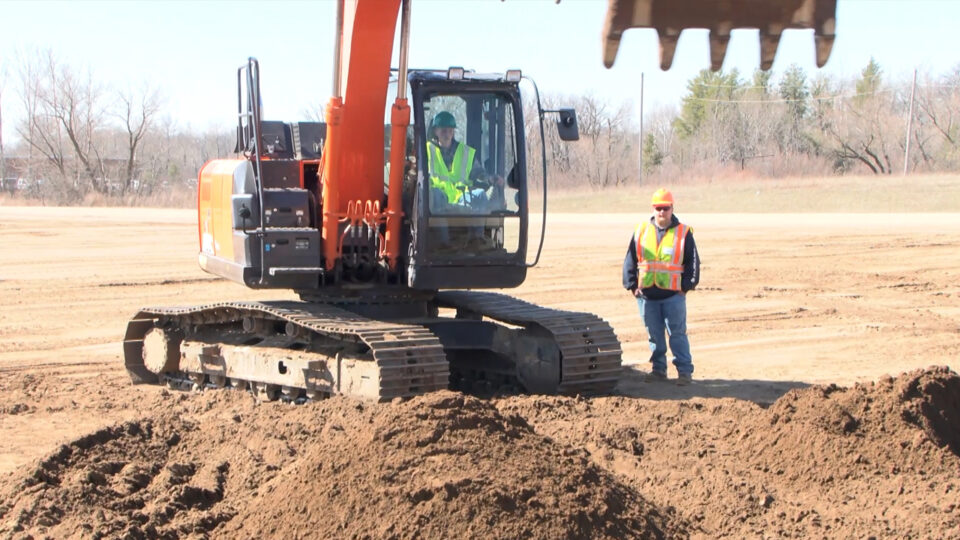Nov 22, 2016 | By: Mal Meyer
Chronic Wasting Disease Identified In Minnesota
Two deer harvested by hunters were infected with Chronic Wasting Disease in southeastern Minnesota. In a press release, the Department of Natural Resources announced the confirmation of one of the deer test results, while the second deer results are expected to be confirmed later this week.
Both male deer were killed in Fillmore County near Lanesboro, about 40 miles southeast of Rochester. They were harvested a mile a part from each other.
Out of 2,493 samples collected between November 5th and 3th, these are the only deer to have positive CWD results. 373 additional test samples are still pending from November 19th through November 21st.
The DNR made the discovery though its CWD surveillance program.
“We were proactively looking for the disease, a proven strategy that allows us to manage CWD by finding it early, reacting quickly and aggressively to control it and hopefully eliminating its spread,” said Dr. Lou Cornicelli, a DNR wildlife research manager for the program, in a statement.
The disease is a fatal brain disease that affects deer, elk and moose, but has no known affect on human health.
The only other time a wild deer has tested positive for the disease in Minnesota was a singular case in 2010.
“We want to thank hunters who have brought their deer to our check stations for sampling,” Dr. Cornicelli said in the press release. “While finding CWD-positive deer is disappointing, we plan to work with hunters, landowners and other organizations to protect the state’s deer herd and provide hunters the opportunity to pass on their deer hunting traditions.”
With the muzzle loader deer season stretching into mid-December and archery season open through Saturday, Dec. 31, hunters should take these recommended precautions when harvesting deer:
- Do not shoot, handle or consume any animal that is acting abnormally or appears to be sick.
- Wear latex or rubber gloves when field dressing your deer.
- Bone out the meat from your animal. Don’t saw through bone, and avoid cutting through the brain or spinal cord (backbone).
- Minimize the handling of brain and spinal tissues.
- Wash hands and instruments thoroughly after field dressing is completed.
- Avoid consuming brain, spinal cord, eyes, spleen, tonsils and lymph nodes of harvested animals. Normal field dressing coupled with boning out a carcass will remove most, if not all, of these body parts. Cutting away all fatty tissue will remove remaining lymph nodes.
- If you have your deer or elk commercially processed, request that your animal is processed individually, without meat from other animals being added to meat from your animal.







